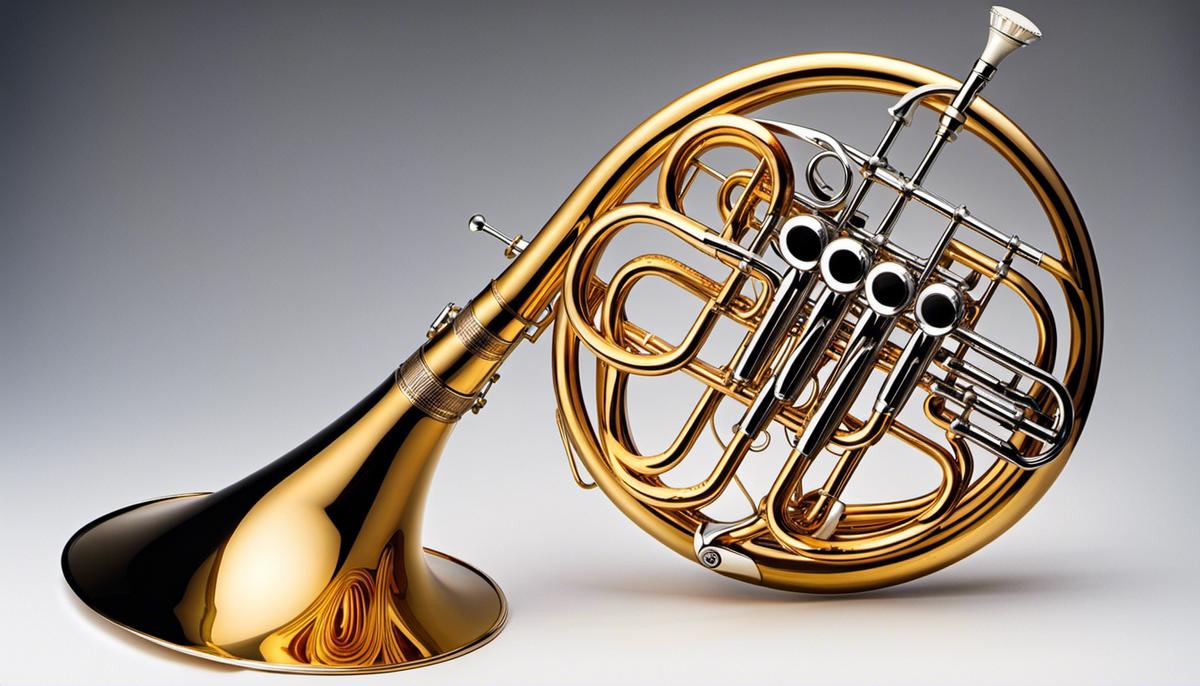Types Of French Horn (2023)
Introduction Immerse yourself in the journey of French horns as we dive into its rich history, explore its technical specifications, reveal various playing techniques, and help guide your choices when selecting an instrument. The French horn has evolved in leaps and bounds from its primitive ancestors, the hunting horns, to find its place in orchestras … Read more


